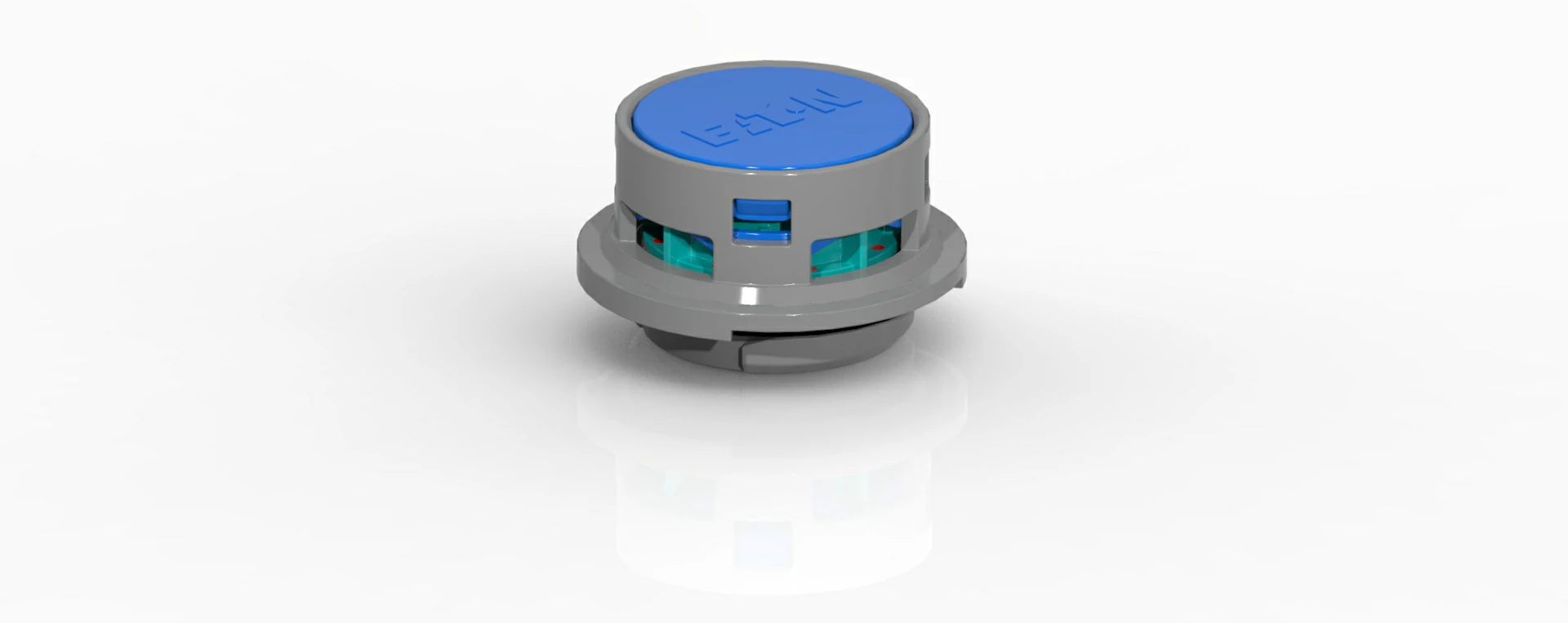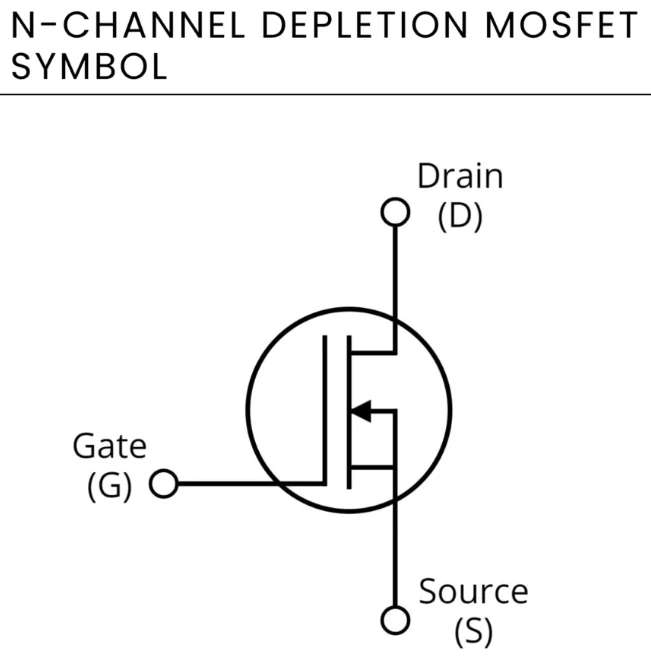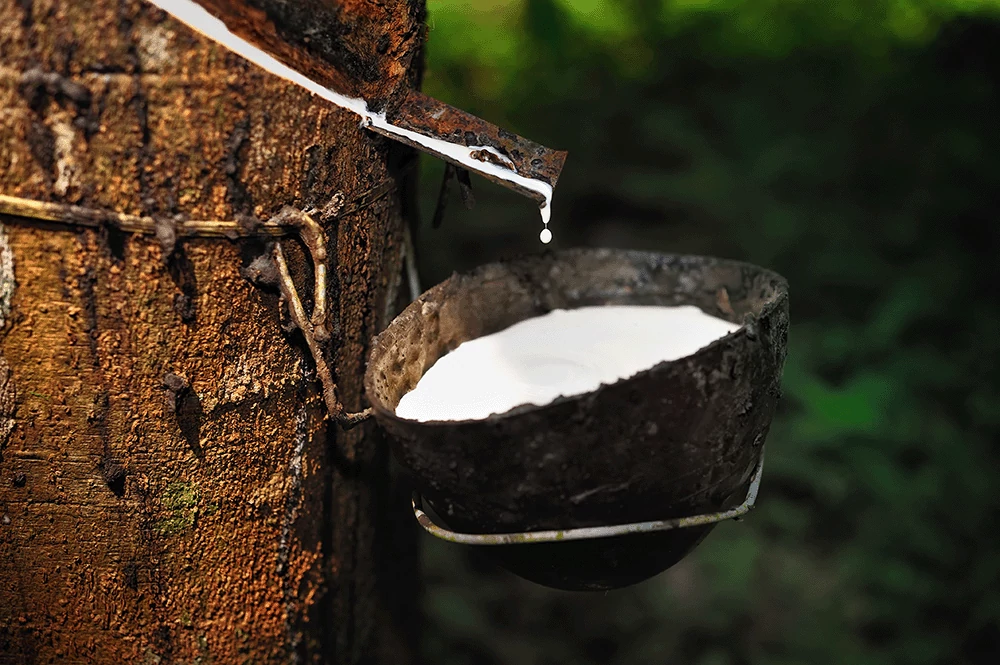Introduction to the battery pack safety valve Battery packs are...
The material for making the positive electrode sheet
The cathode material of lithium battery is a part of the materials of lithium ion battery. It directly determines the energy density, safety, cycle life and other properties of lithium battery, occupying a large proportion (the mass ratio of positive and negative materials is 3: 1~ 4:1).
The upstream is lithium, cobalt, nickel, manganese and other mineral resources, and the cost of raw materials accounts for up to 90%.
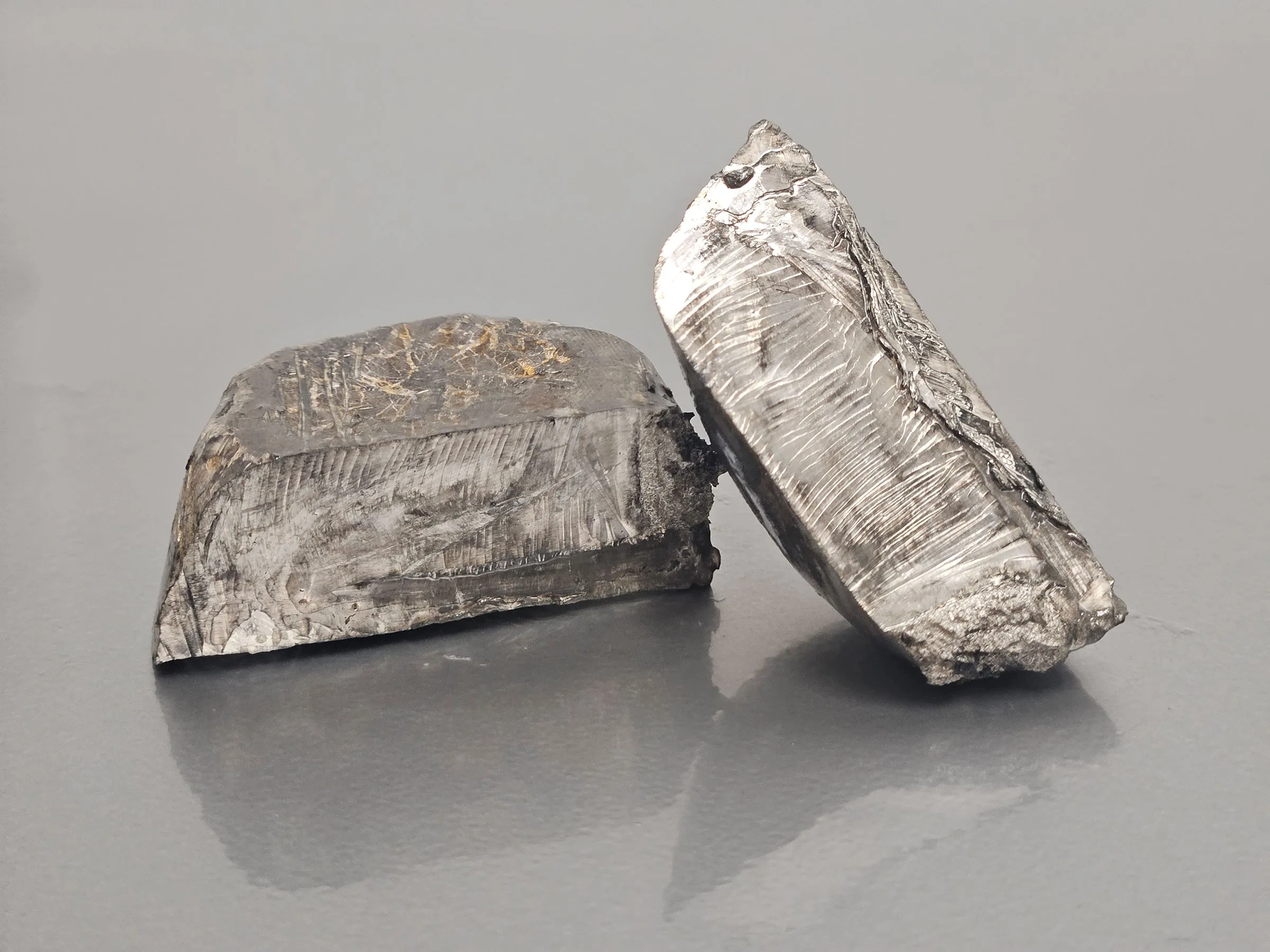
Lithium
Lithium is a soft silver-white metal with low electrode potential and large electrochemical equivalent, which is the most ideal battery metal. Lithium carbonate and lithium hydroxide are the main raw materials for the cathode of lithium batteries, which are mainly extracted from lithium ore and salt lake brine. The supply of global lithium resources is very concentrated, South America accounts for 58%, Australia accounts for 19%, China accounts for 7%, and 79% of domestic lithium resources are stored in salt lakes.
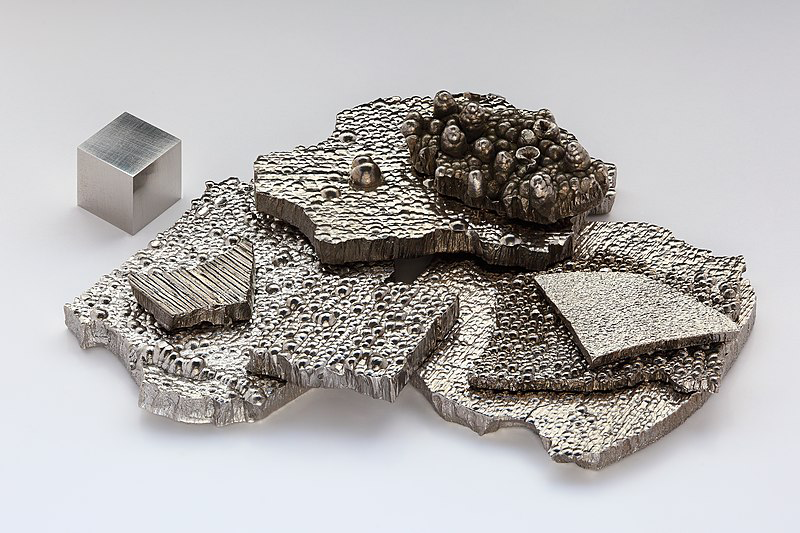
Cobalt
Cobalt is a silver-white ferromagnetic metal, there is no separate cobalt deposit, often associated with nickel, copper, iron, zinc and other sulfide deposits. Cobalt, as a scarce strategic metal, is expensive. The world's cobalt reserves are about 8.3 million tons, of which Congo (DRC) accounts for 48.2%. 80% of domestic cobalt is used to process cobalt sulfate as the ternary material precursor of power battery, so the change of cobalt price has a great impact on the cost of battery.
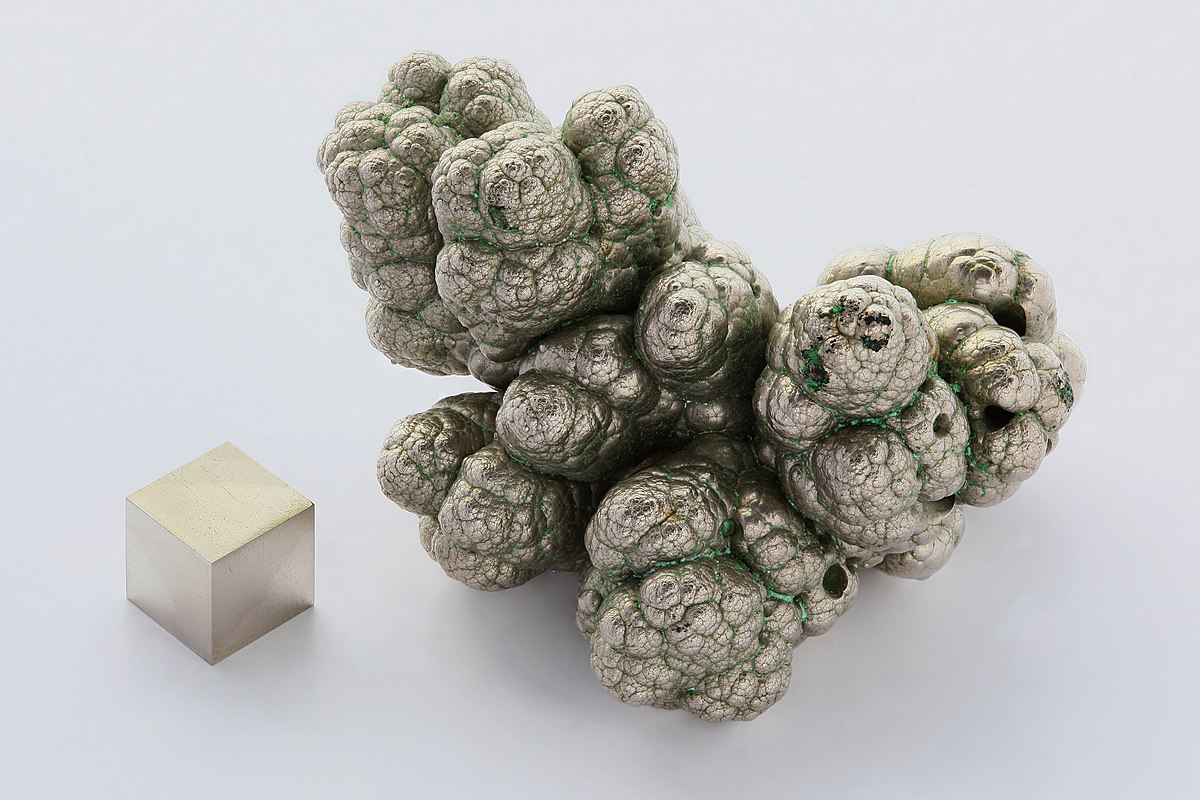
Nickel
Global nickel resources are mainly distributed in countries near the equator, such as Australia, Brazil and so on. The Philippines and Indonesia are the main domestic suppliers of nickel resources because of their cost advantages and convenient transportation.
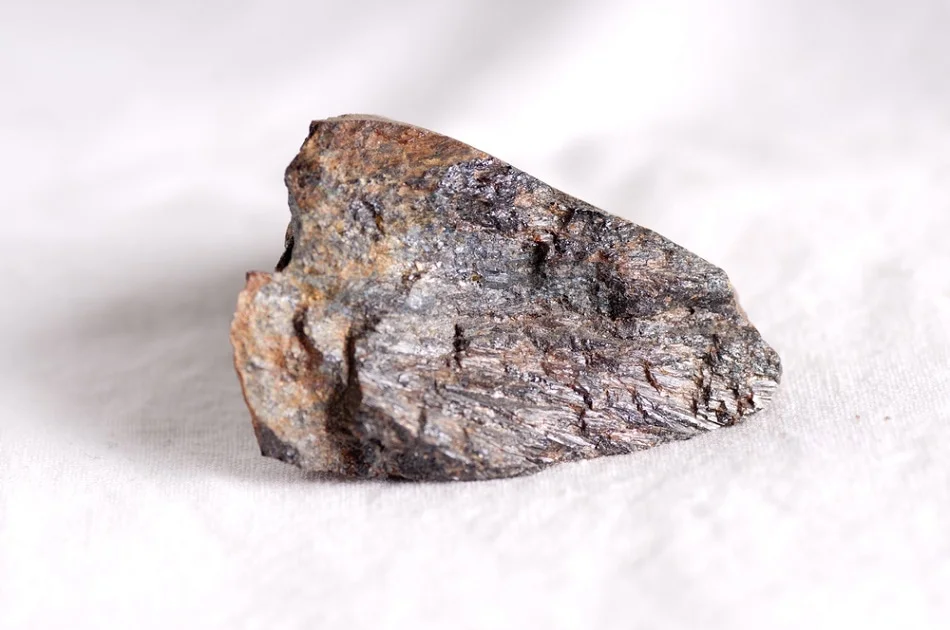
Manganese
Electrolytic manganese dioxide is the main raw material for the preparation of lithium manganate batteries, and manganese sulfate is the main raw material for the production of ternary lithium power battery precursors.
What are the main cathode materials?
At present, the mainstream cathode materials for commercial lithium batteries include lithium iron phosphate, lithium cobalt acid, lithium manganese acid, ternary materials (NCM), etc.
Ternary cathode material
Ternary materials include lithium nickel cobalt manganate, lithium nickel cobalt aluminate two series. Compared with a single element, the combination of three elements has higher energy density and longer driving range under the same advantages.
Lithium manganate
It is the earliest cathode material for lithium batteries except lithium cobaltate. Manganese is widely present in nature, and the global manganese resource is very rich. Our country is the largest electrolyzing manganese production base in the world, with outstanding cost advantage. At the same time, lithium manganese ate has good safety performance, but poor cycling performance, especially poor high temperature cycling performance, resulting in its narrow application range, and is currently mainly used in low-end digital products and electric bicycles and other fields.
Lithium iron phosphate
The biggest advantage is low cost, good safety, at the same time, good high temperature performance, long cycle life, but low energy density, low temperature performance is poor, mainly suitable for new energy commercial vehicles, price sensitive new energy passenger vehicles and energy storage with very high safety requirements and other fields.
Lithium cobalt acid
As the first generation of commercial lithium battery cathode material, with the advantages of high vibration density, high energy density and high working voltage, it is widely used in small rechargeable batteries, especially in the field of high-end 3C electronic products to maintain a dominant position. With the increasing demand for energy density of downstream products and the limitation of battery volume, lithium cobalt oxide products continue to develop in the direction of high voltage, so as to directly and effectively improve the energy density of batteries.

Home energy storage product series
A lithium battery pack for home energy storage systems, which is compatible with solar panels and the sun The inverter can work together with the power grid to power household appliances, and it can also be used as a For off grid systems.
Extended reading
The inner liner material of the battery shell
The inner liner material of the battery shell The internal...
THE ESSC Brand promise
Global supply
Our products sell well all over the world, covering many countries and regions, through the global logistics network, to provide customers with convenient purchasing experience.
Rigorous quality
We adhere to the highest quality control standards to ensure every product meets industry regulations and customer expectations, earning trust through consistent excellence.
Excellent service
With a customer-centric approach, we provide prompt responses, professional support, and personalized services, aiming to deliver the best user experience and long-term value.
